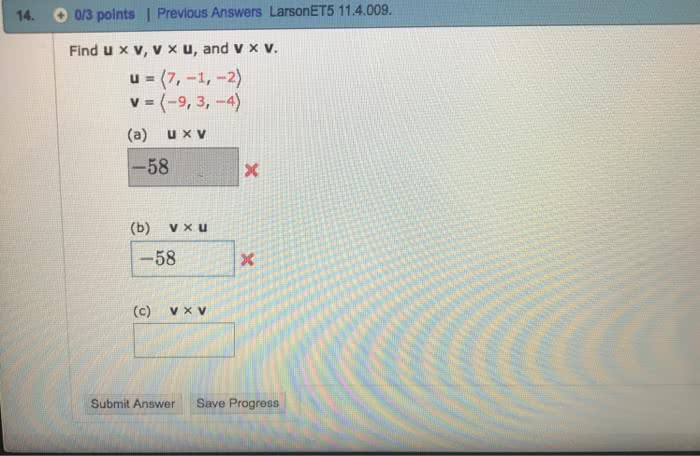adammaarouf038
adammaarouf038
0 Followers
0 Following
0 Helped
25 Dec 2022
Answer: 106 Step-by-step explanation: To find the dot product of two vectors, ...
25 Dec 2022
Answer: Inflation is an increase in the general price level of goods and servi...
25 Dec 2022
Answer: In the finite alternating offer bargaining game, a subgame perfect equ...
25 Dec 2022
Answer: To find the optimal borrowing policy for the banks, you can consider t...
25 Dec 2022
Answer: To find the remainder when the polynomial 2x^5 + 5x^4 + 4x^2 is divide...
25 Dec 2022
Answer: To find the dot product of two vectors, u and v, you can use the follo...
25 Dec 2022
Answer: Climate change refers to long-term shifts in the Earth's climate, incl...
25 Dec 2022
Answer:1 x 10-17 g/L Step-by-step explanation: To calculate the solubility of ...
25 Dec 2022
Answer: 0.02 g per 100 mL of water at 25°C. Step-by-step explanation: alcium p...
